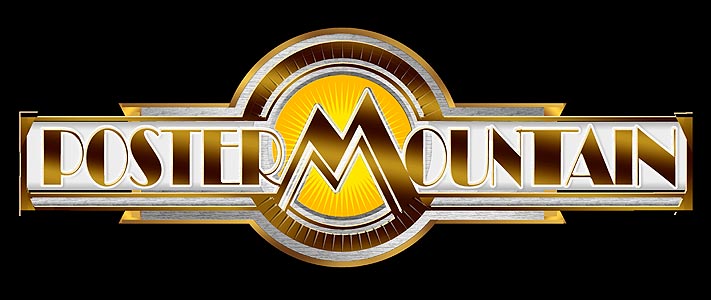
 |
 |
 |
 |
 |
 |
Conservation The process of preserving works of art from loss, damage, or neglect. We, at POSTER MOUNTAIN strive to meet the goals of the client while staying true to the nature and beauty of the artwork. All techniques and processes used by our conservators are completely reversible. We assume that at some point the craft will evolve, new conservatorial techniques will be discovered, or due to age and mis-handling, the conservation work we are doing today will need to be un-done, or re-done at some point in the future. It is for this reason that we use easily reversible pastes, and strong, yet penetrable backing materials to help ease future re-conservation efforts. |
  Washing Washing, or rehydration, helps to cleanse away adulterants, contaminants and surface dirt. When warranted a rinse with an appropriate carbonate will help to provide a buffer and and keep the naturally occurring acids inherent in modern, machine made paper at non-detrimental levels for many years. Mounting Linen backing and paper backing are the two most commonly used techniques in modern poster conservation. Paper backing, or museum mounting is the preferred method for large libraries and archives in which the posters will be handled and stored professionally in climate controlled environments, such as the ACADEMY OF MOTION PICTURES ARTS AND SCIENCES library and UNIVERSAL STUDIOS poster archives, (both accounts are serviced exclusively by POSTER MOUNTAIN). Museum mounting is a very delicate mount, very easy to un-do, and must be handled with extreme care. Linen backing
is actually a misnomer, as most conservators use a cotton canvas rather
than actual linen.
A comparatively durable mount, linen backed posters are more resistant to improper storage or rough handling. They can be rolled for easier transport and are suitable for framing, making this the ideal mount for the collector market, where items change hands constantly and are frequently shipped around the world. Gelatin re-sizing is unique process invented, and used exclusively, by POSTER MOUNTAIN. This process allows for posters to be conserved and restored without a traditional backing. It is ideal for thick stock paper and also has applications in strengthening badly damaged paper items, such as those damaged by mold. Mounting Materials Substrates: We use only the finest cotton canvas available, grade "A", 12oz., raw, unbleached canvas imported from India to create a laminate mount with a white, machine-made Japanese paper called MASA, which is sandwiched between the poster and the canvas. This additonal layer helps to give the mount more body, while also providing a smooth surface for the poster. For our paper mounts we use a hand made, long fibered, Japanese mulberry paper called OKAWARA. Pastes and Adhesives: We are constantly researching new techniques and procedures, including the use of synthetic pastes, and paste combinations. The combinations we employ varies depending on the job at hand. Natural Starch: Popular amongst conservators
for decades, Rice and Wheat pastes alone have stood the test of time.
However, these organic pastes can often attract molds, mildews and
insects, and can yellow with age. Adulterants, added to prevent molds
from culturing and to make them less attractive to insects, are
generally acidic compounds which will have a harmful effect on the
poster over time. The old paste can become so thin as to permeate
deep into the fibers of the poster, causing the piece to lose it's
structural integrity and make it more susceptible to damage during
the demounting process. Synthetic: A very wide
range of water-soluble, synthetic, starch-based pastes are available to
the modern conservator. Some of these pastes are considered to be
archival. They will not yellow over time and they remain soluble in
water, but will not break down completely, making the clean up of old
mounting paste much less dangerous to the artwork. Currently, we
use proprietary mixtures of wheat paste, synthetic
pastes, methyl cellulose, and PVA (Poly Vinyl Acetate) depending on the
specific nature of the job at hand.   Storage Proper storage and handling is paramount to maintaining and preserving your posters. Humidity, temperature, and UV exposure are all factors that must be controlled. Most collectors want to display and enjoy their collections, but in the case of posters, environmental conditions must be controlled in order to properly preserve them. For more on conservation and poster care click here |
